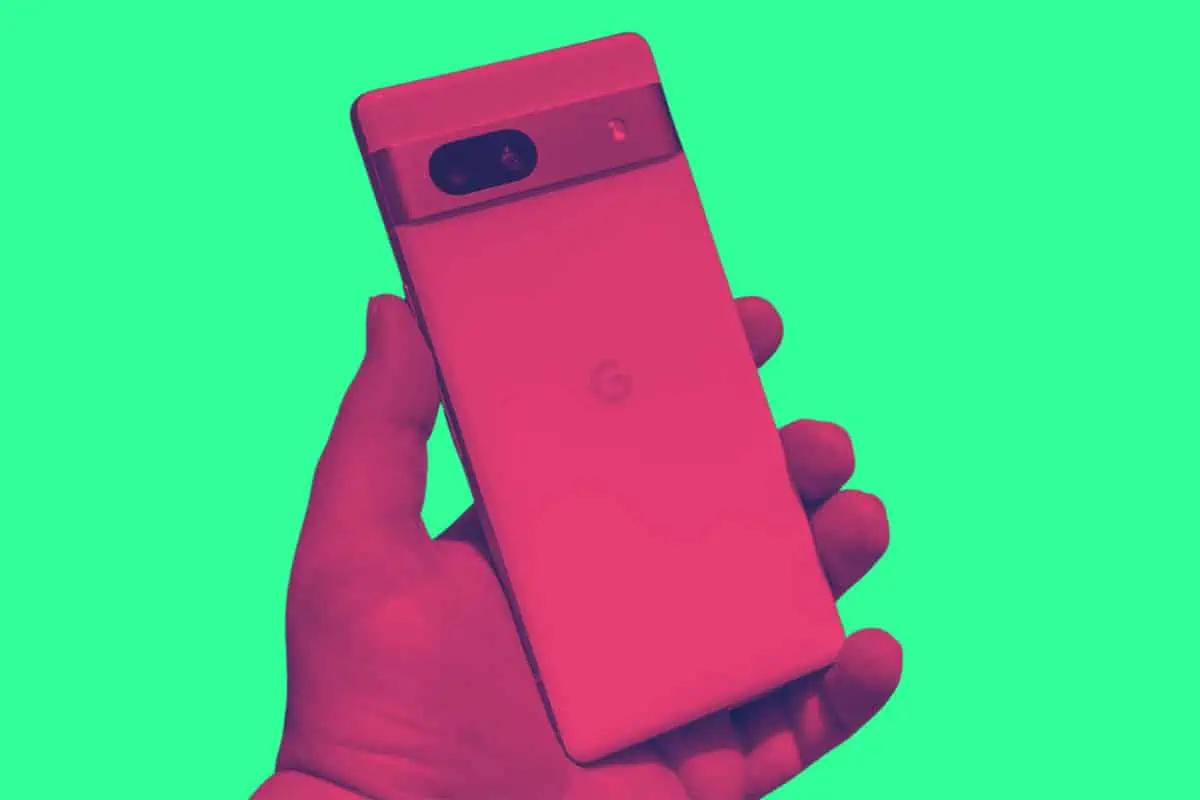Three years’ worth of Android updates on a $500 phone is NOT good enough. On a $800+ phone, it is downright criminal…
Android fragmentation has been an issue since day one. The whole way Android works as a system, its open source (kind of), and Google – at least back then – didn’t make any hardware, helped create this issue, bake it in.
Google approached Android the way Microsoft did with Windows. Google made it, hardware brands shipped it.
This is good for choice, great for innovation. It is why Android, since the early 2000s, has always been the most exciting segment of the market. But there is one massive, gaping hole in this strategy: hardware churn and burn.
What is hardware churn and burn? It’s when phone makers – brands like Samsung or HTC, if you’re older – just pump out endless numbers of phones in a bid to satisfy every possible facet (meaning price bracket) of the market. And every 12 months, the cycle continues.
The writing was on the wall pretty early. I was an early adopter of Android; I literally owned the first ever Android phone. Then a few more. And then the fragmentation kicked in. Google released new, updated versions of Android and my phone didn’t get them.
It’s 2024 And Android Updates (And Support) Still Sucks

Fast-forward a decade-and-bit and this is still the case. Upwards of 90% of Android phones being used today WILL NOT get Android 15.
If you buy a phone from a brand like ASUS, Sony, RealMe, VIVO or even OPPO, there’s no telling if or when your phone will get the latest version of Android.
What makes things even worse is that you have companies like Nothing which makes a select few phones and even it cannot do better than three years’ worth of Android updates.
What is The Latest Version of Android? For Most People, It Doesn’t Matter…

If you want access to the latest builds of Android in a timely fashion, you only have one option: Google. Its Pixel phones, after years of teething issues, are now essentially what they set out to be: the iPhone of the Android space.
But in order to get the 7 years’ worth of Android updates, you need to cough up the money for one of its more expensive models. The Pixel A series DO NOT get the same treatment, receiving just three years of Android updates.
Why are Android users that cannot afford more expensive models punished by Google with worse support? The Pixel 7a runs much the same spec, where it counts with respect to software updates, as the Pixel 8 and Pixel 8 Pro.
It could easily handle 7 years’ worth of Android updates. But because it is “cheaper”, Google treats it as a throwaway device despite the fact it usually sells way more Pixel A phones than it does its more expensive models.
Samsung does something similar: only its most expensive phones get 7 years’ worth of updates. Its cheaper and/or older models get three years or less, and they’re never released in a timely fashion.


